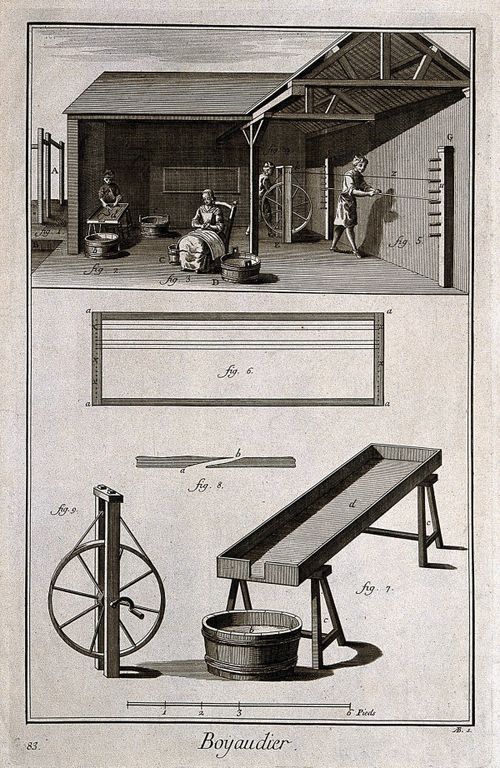Wound infections were a problem for surgery well into the 19th century. Most medical experts assumed that processes inside the body cause the "fire". It was only after the advent of bacteriology that medical practitioners associated infections with microorganisms. As a result, hospitals began trying to combat the pathogens in the operating theatre. Only when the surgical area was sprayed with disinfectant before use and later the instruments and materials are sterilised beforehand, did wound infections actually decrease.
«Carbolic fog»
The British physician Joseph Lister focussed on the research by the bacteriologist Louis Pasteur and suspected that microorganisms from outside infected the wounds. As a consequence, he propagated a germ-reducing method for the first time in the 1860s. For this purpose, Lister went on to develop a steam atomiser for the disinfectant carbolic acid. Before operations, a "carbolic fog" would be diffused in the room to kill the pathogens.
Workwear
With the efforts to reduce germs (antisepsis) and keep areas free of germs (asepsis), surgical clothing also began changing. For a long time, surgeons operate in everyday clothes – such as a dark coat. In the late 19th century, operating theatre staff gradually began to wear white coats, gloves and face masks, setting themselves apart from their predecessors. However, the white colour also brought about problems: It had a blinding and tiring effect on those working. Today's green and blue colours prevent the afterimage effect of bloodstains and are even said to have a calming effect on patients.
Disposable material
In order to further reduce the risk of infection, hospitals increasingly began using disposable surgical kits from the 1980s. These included drapes, surgical gowns, vessels and sometimes even instruments that end up in the waste after the operation. What made sense for hygienic reasons, however, was also criticised in view of the waste produced.

Sterilisation plants
Around 1900, surgeons – in close cooperation with bacteriology – expanded their efforts against wound infections. They tried not to eliminate the pathogens in the operating theatre, but to keep them away from the beginning. Hospitals such as the Inselspital would soon have large sterilisation facilities that sterilise instruments, dressings and work clothes with either dry air or steam. The material was placed in metal containers. The side walls of these containers have small openings through which the steam would enter.































































